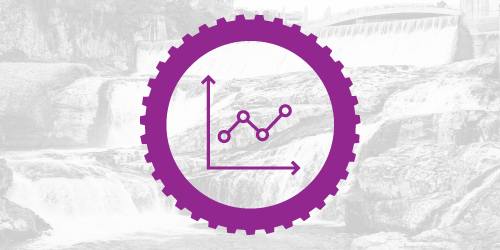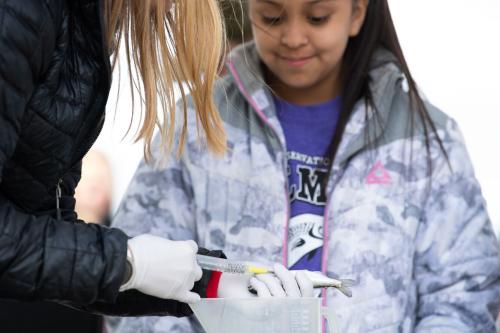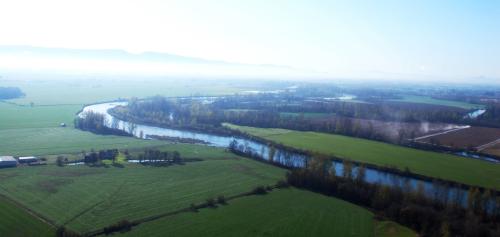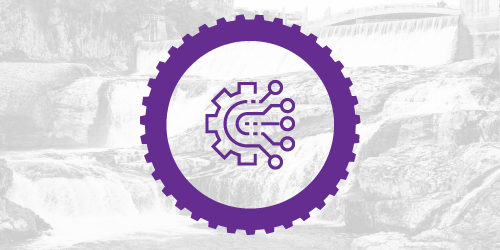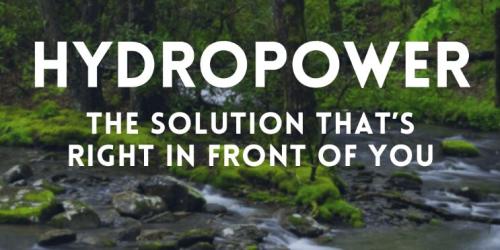
Hydropower: The Solution That’s Right in Front of You, a Digital Campaign
The National Hydropower Association elevated the visibility of hydropower as a renewable energy source through its digital advertising campaign, Hydropower: The Solution That’s Right in Front of You. The campaign took a storytelling approach that leveraged engaging photos and videos to appeal to a broad audience on social media and streaming platforms. The materials highlighted how hydropower provides clean and reliable energy, supports other renewables, has a long record of success as well as room for future innovation, and provides additional value through recreation opportunities. The impactful campaign reached millions and had a largely favorable impression, boosting hydropower’s visibility as a renewable energy and communicating its myriad value to a wide audience.
Learn more about the campaign from NHA.

